F1 set to tackle 2025 aero changes to improve overtaking
Formula 1 is poised to introduce 2025 aero changes to reverse substantial losses in cars' ability to follow closely, after FIA analysis found current designs have lost 50% of 2022's gains in this crucial area.
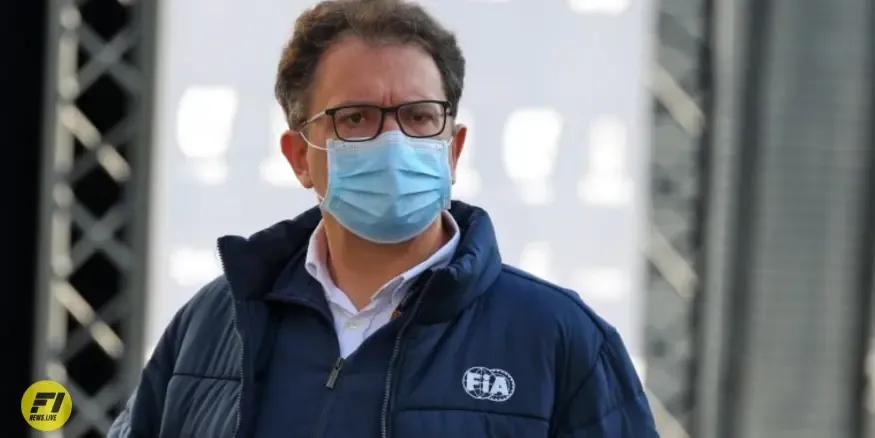
Formula 1 is poised to introduce aero modifications for the 2025 season in an effort to reverse the substantial loss in a car's ability to follow another closely on track.
According to FIA analysis, the current generation of F1 vehicles have lost 50% of the gains made in this crucial metric for the 2022 regulations.
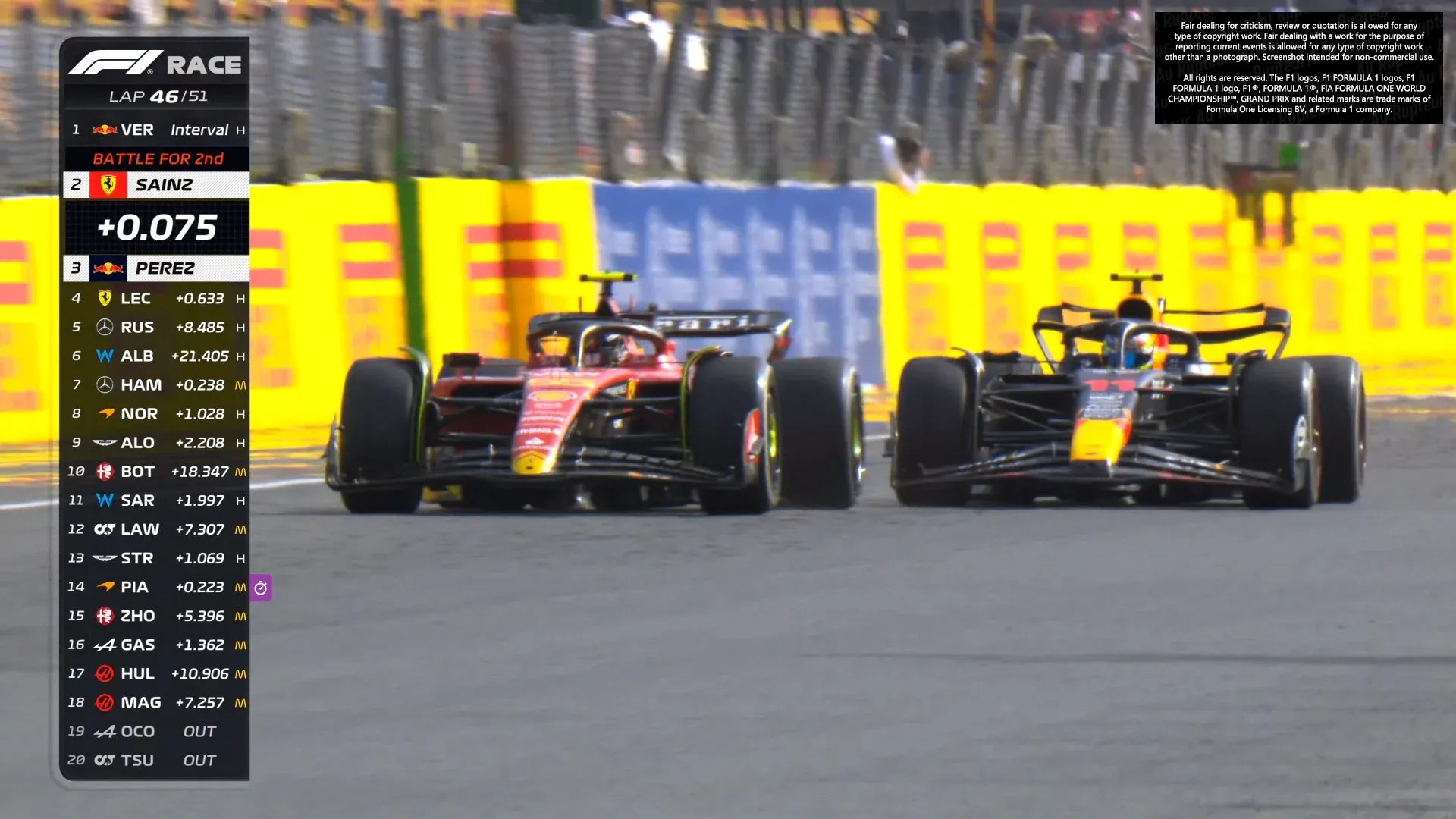
Ferrari's Carlos Sainz corroborated this assessment after the 2022 Italian Grand Prix, saying the cars are becoming as difficult to race wheel-to-wheel as the 2020 and 2021 seasons.
FIA Single-Seater Director Nikolas Tombazis revealed to Motorsport.com that with the 2021 cars, running two lengths behind led to over 50% loss in aerodynamic load.
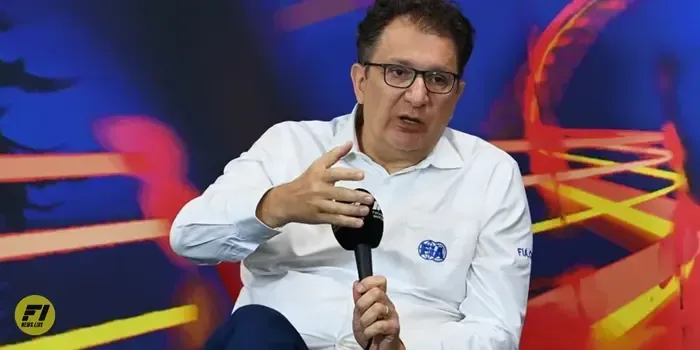
The 2022 regulations cut this to 20%, but it has now risen back to 35% - highlighting the need for action.
With teams heavily committed for 2023, changes for 2024 are unfeasible. Instead, solutions for 2025 are being explored, looking at parts like the front wing endplate, floor edge and wheel fins to potentially allow tighter regulations.
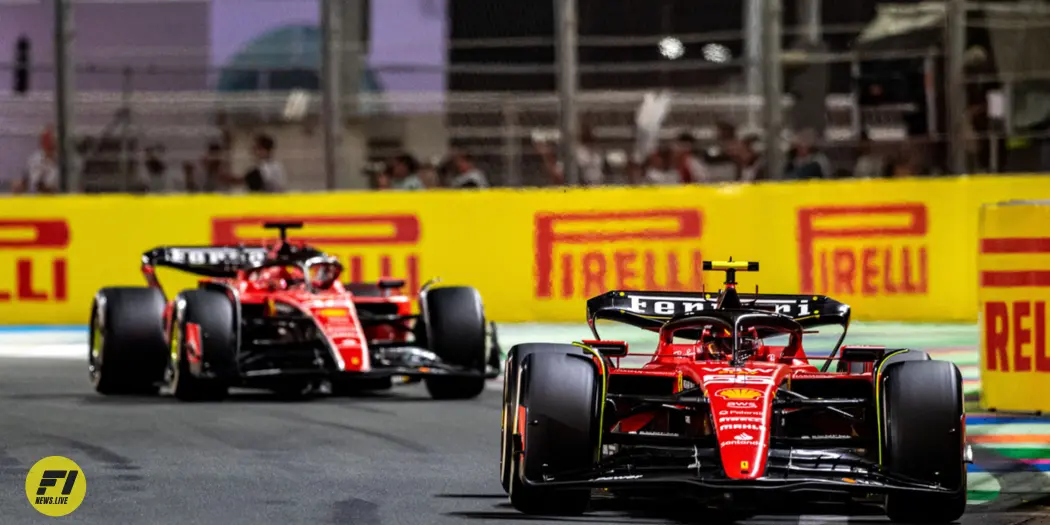
The increased difficulty in running closely comes from designs that maximize outwash, directing airflow away from the car and tires.
This hampers a trailing car's ability to generate downforce. One example is Ferrari's novel front wing slot gap separators that aggressively push air outwards.
While not strictly illegal, the FIA admits some developments align poorly with closer racing.
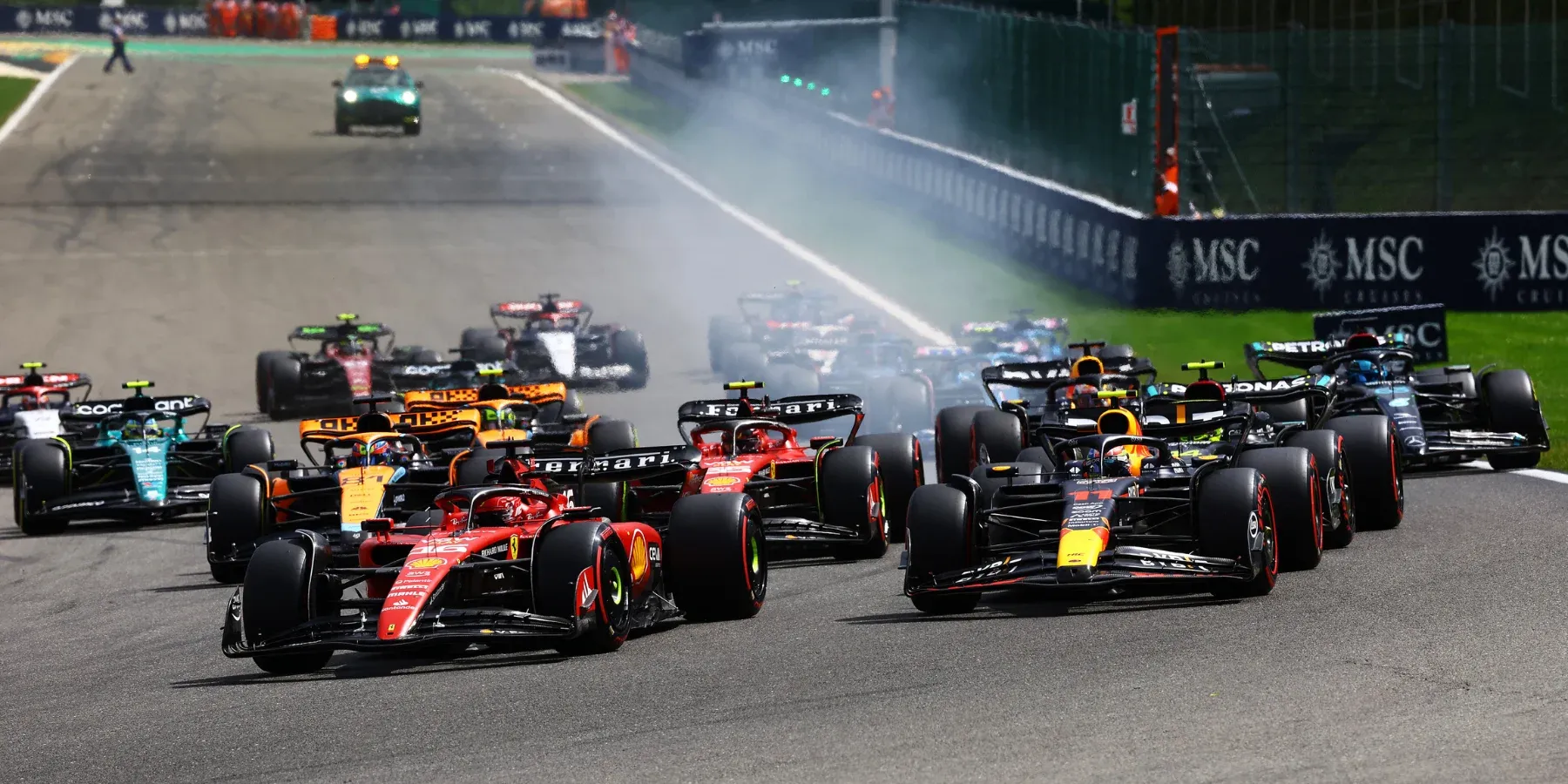
However, regulations only allow action against illegal flexible bodywork. Broader changes require consensus, which has stymied past efforts.
Tombazis estimates regulations are 90% aligned with goals, but 10% could have been handled better.
With the racing impact clear, focus now shifts to crafting 2025 rules that return F1 to the positive steps made in 2022 and deliver the wheel-to-wheel action fans expect.


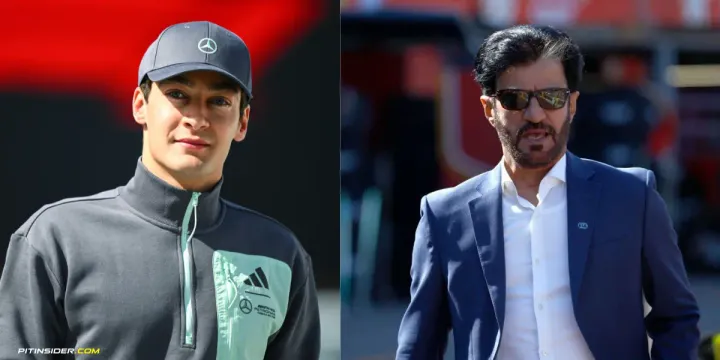

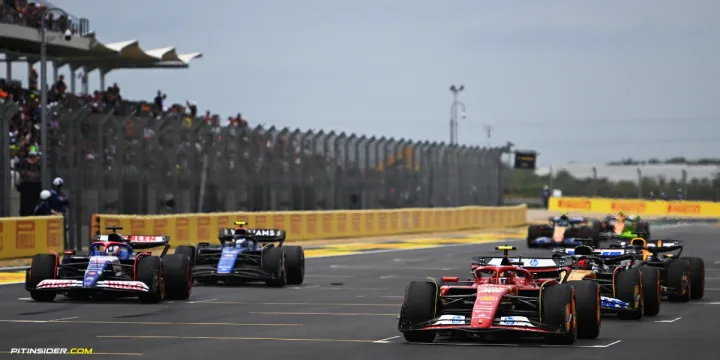
Comments ()